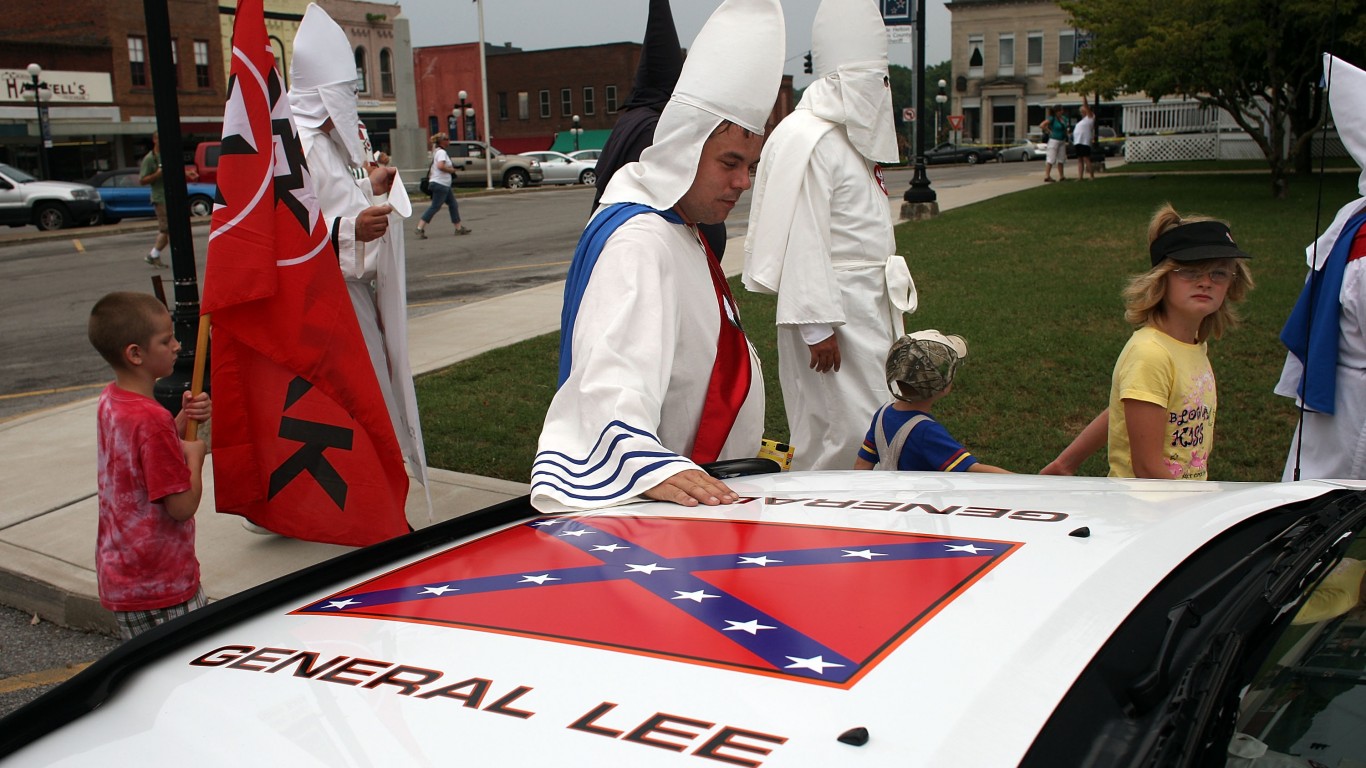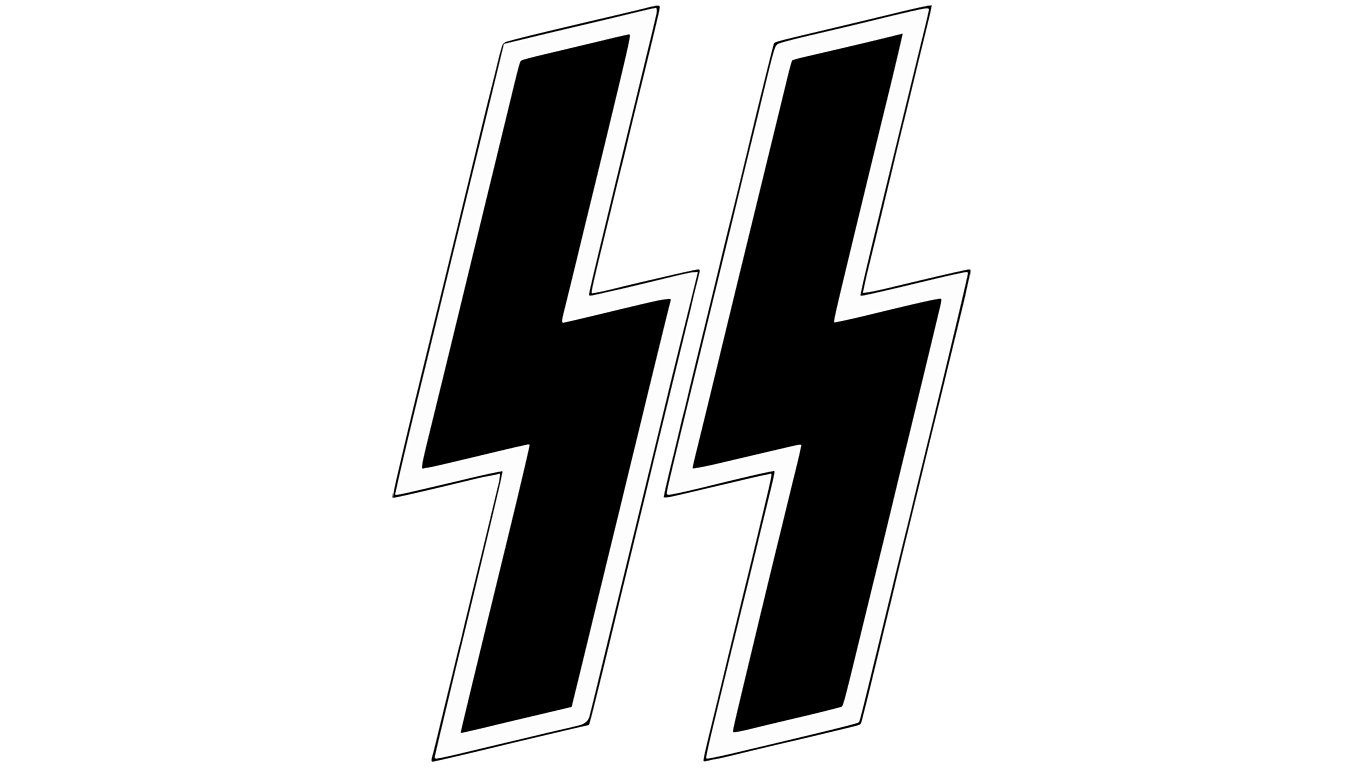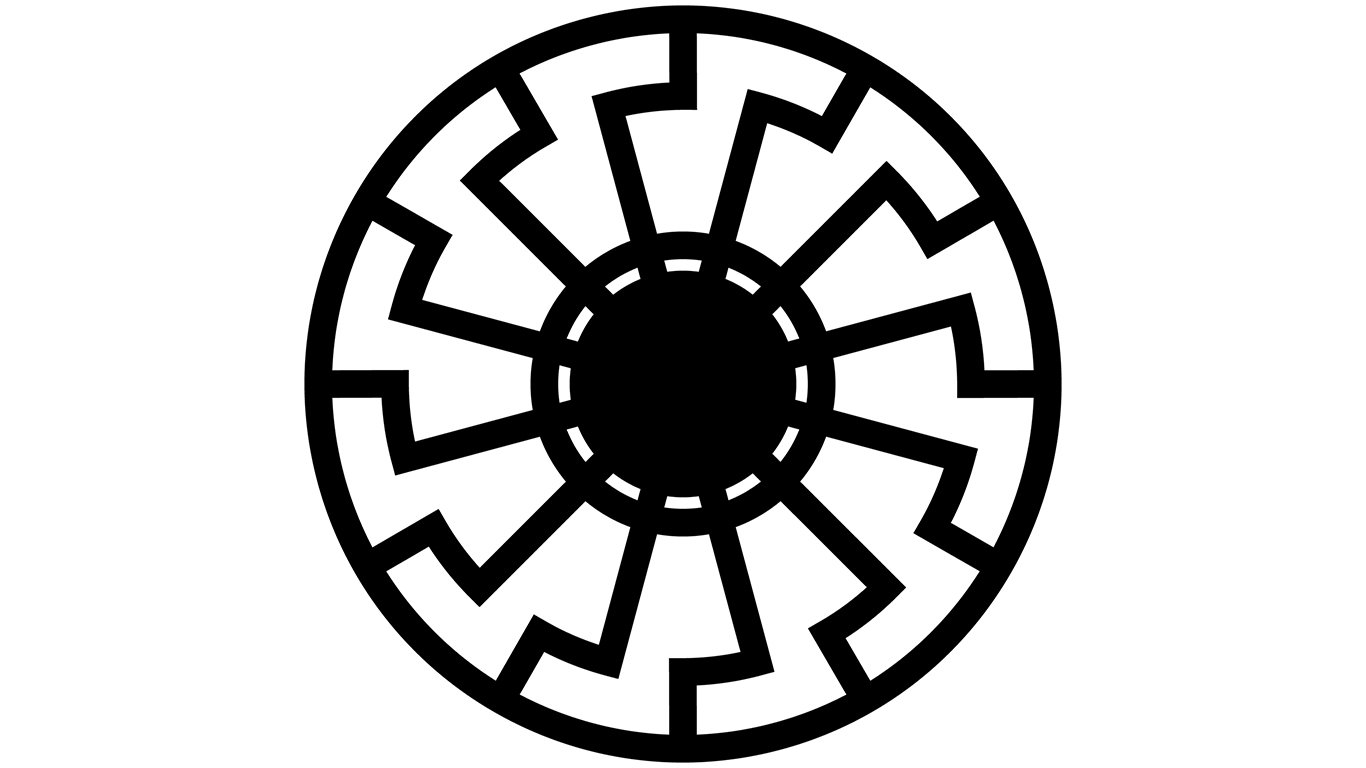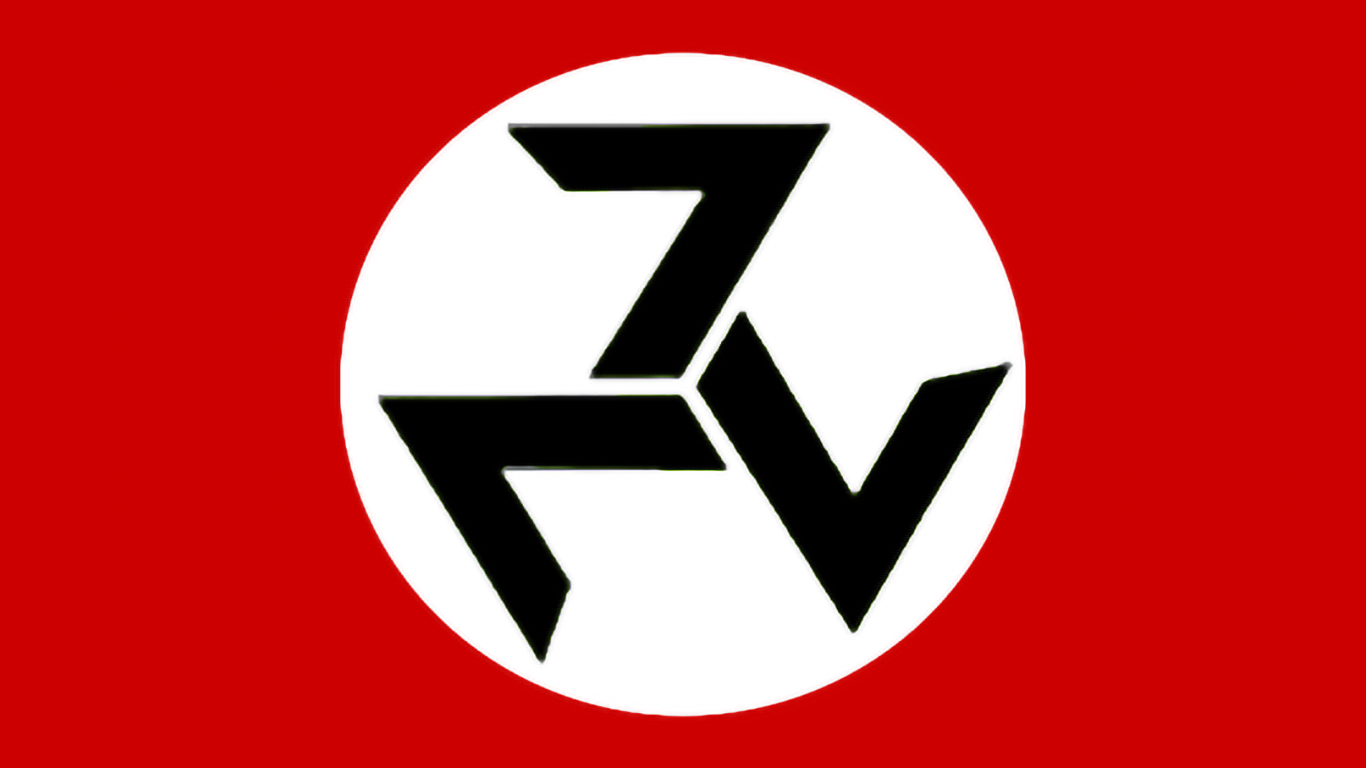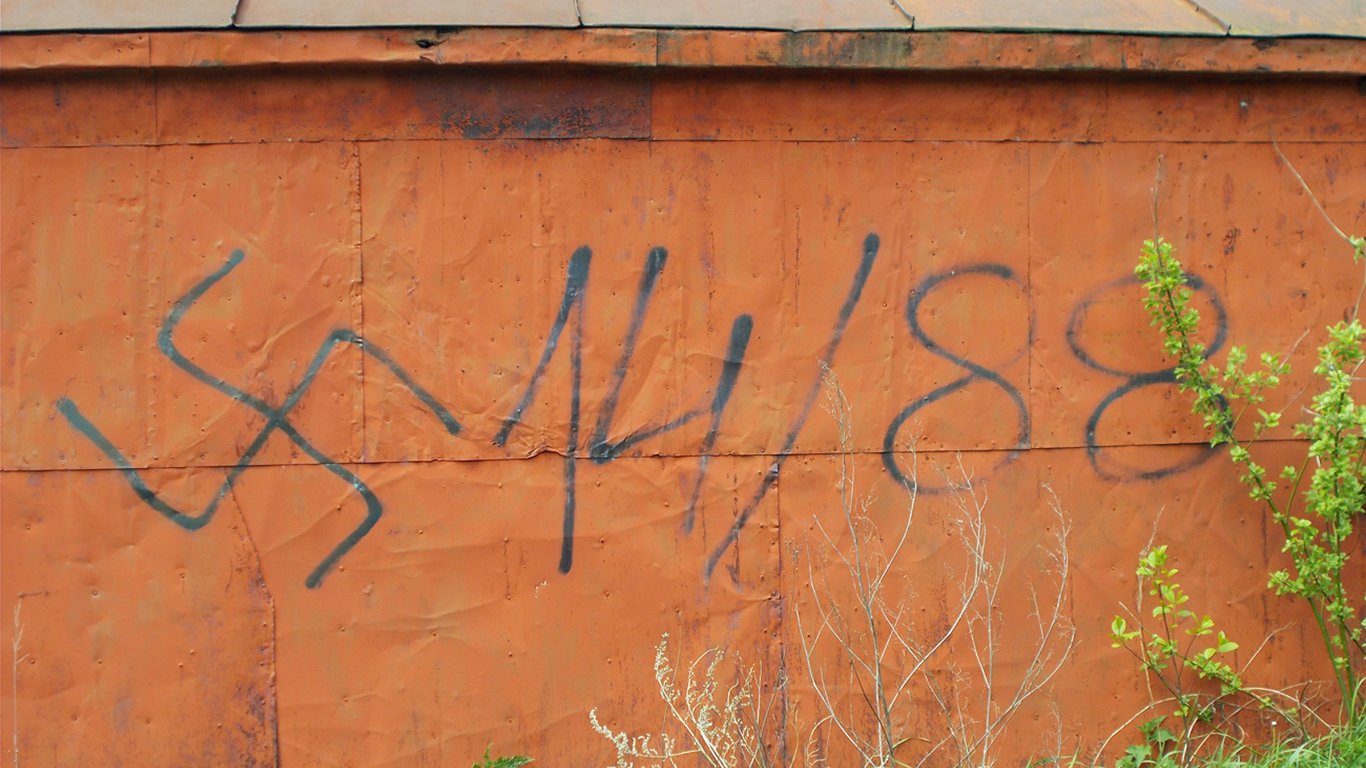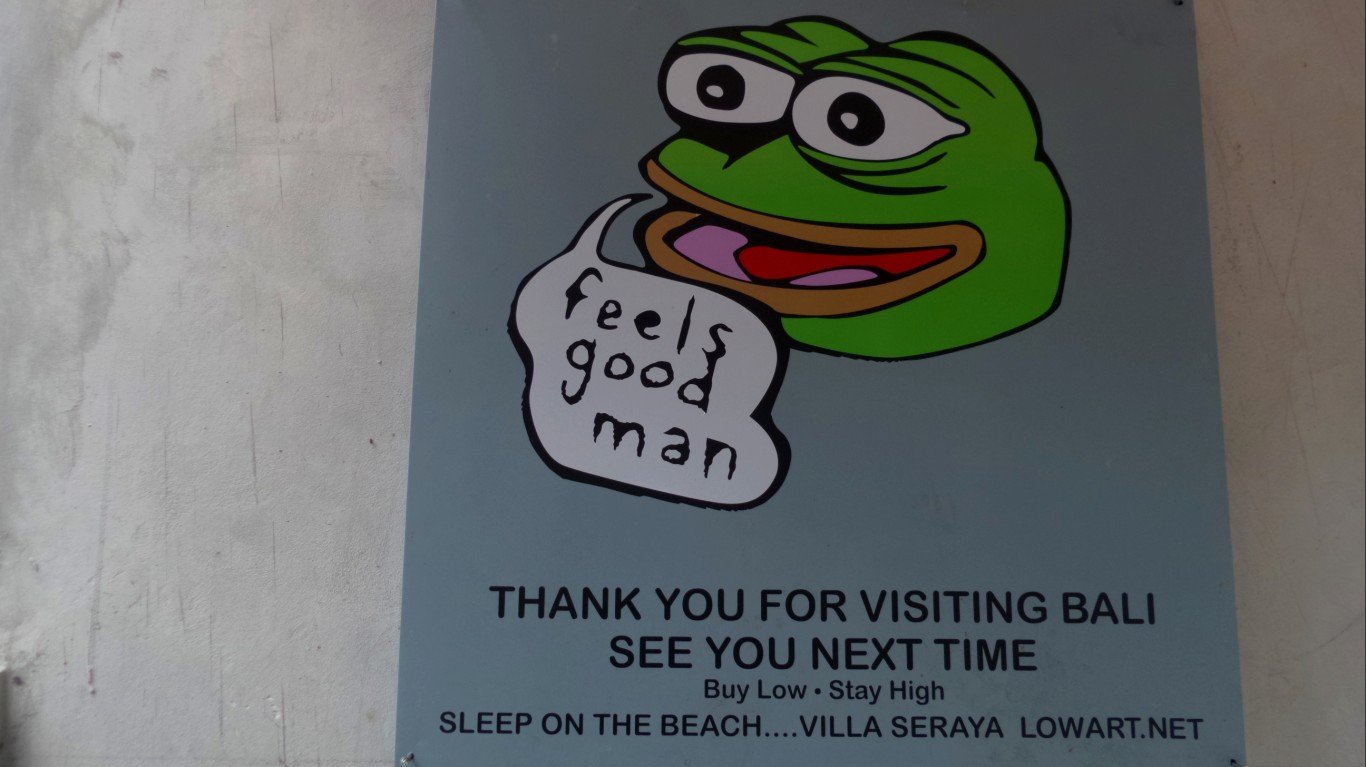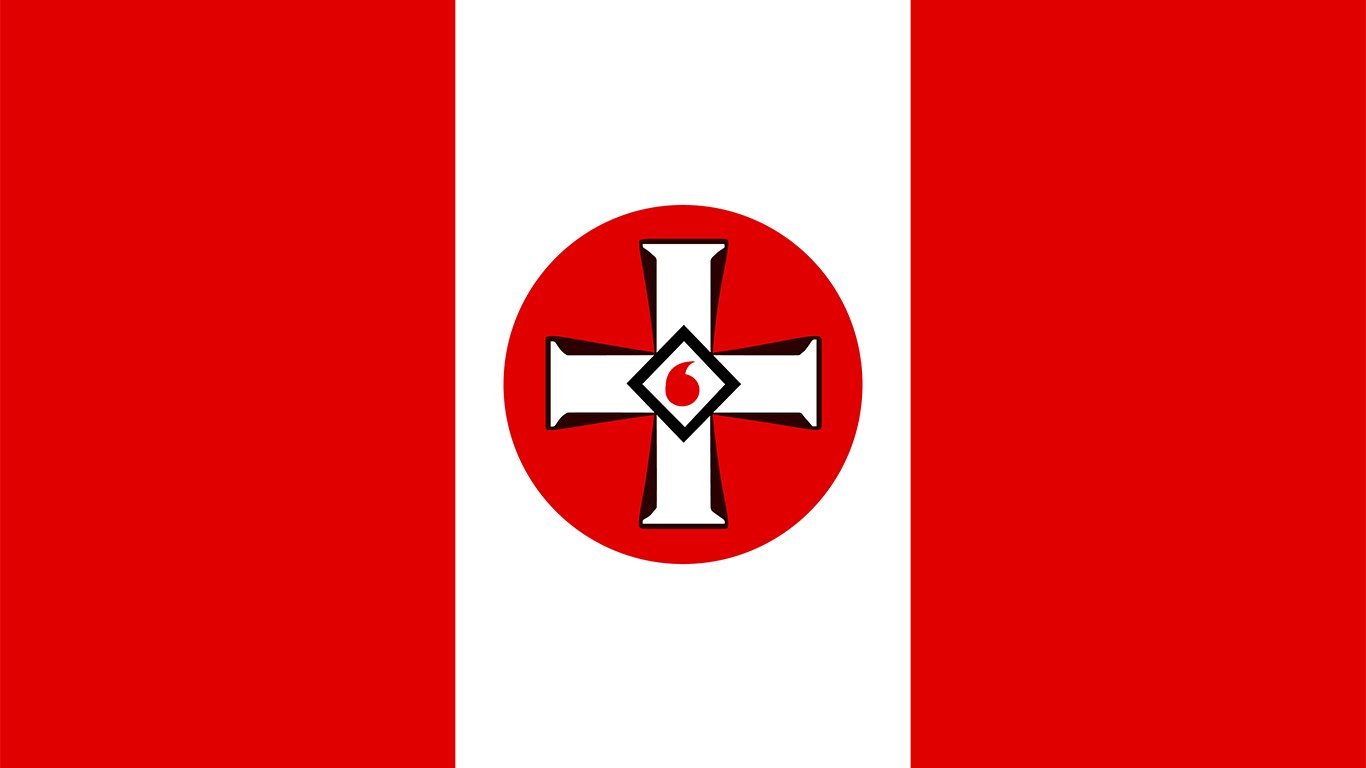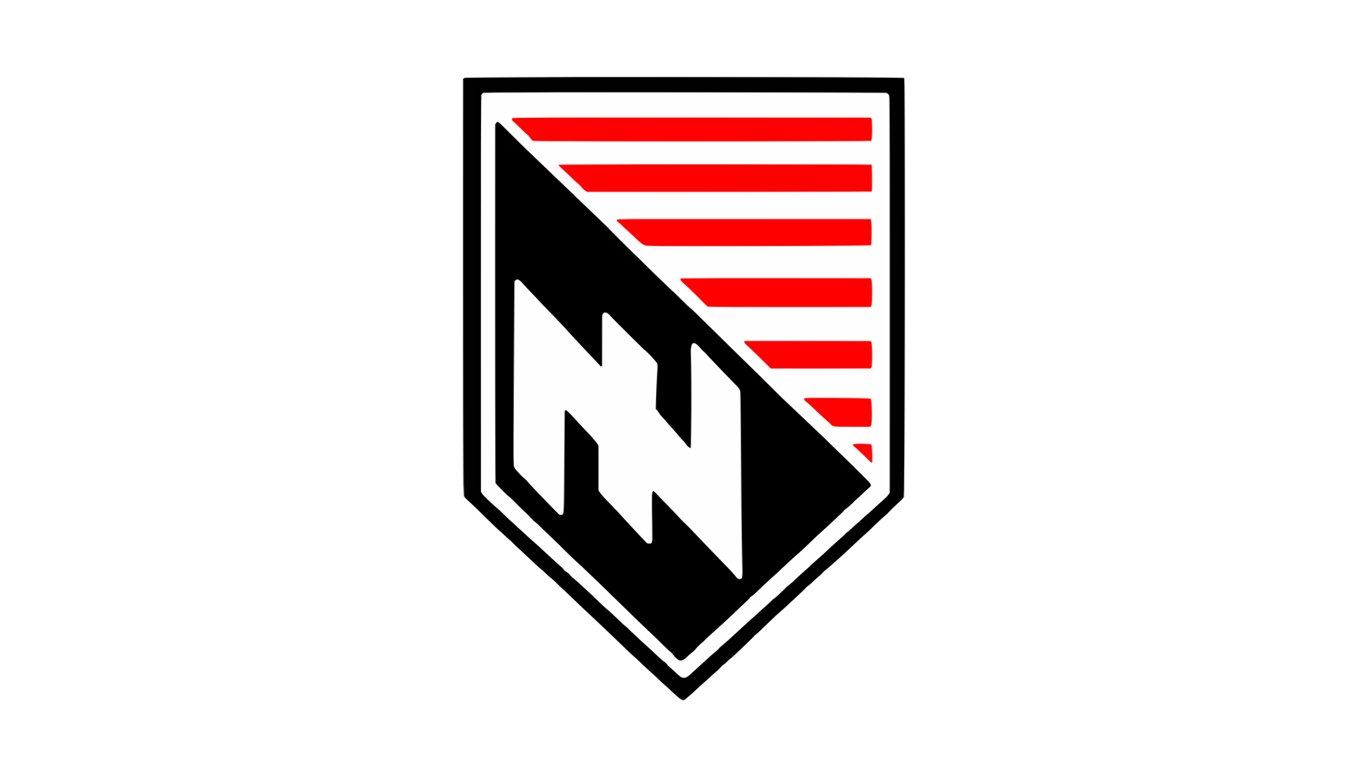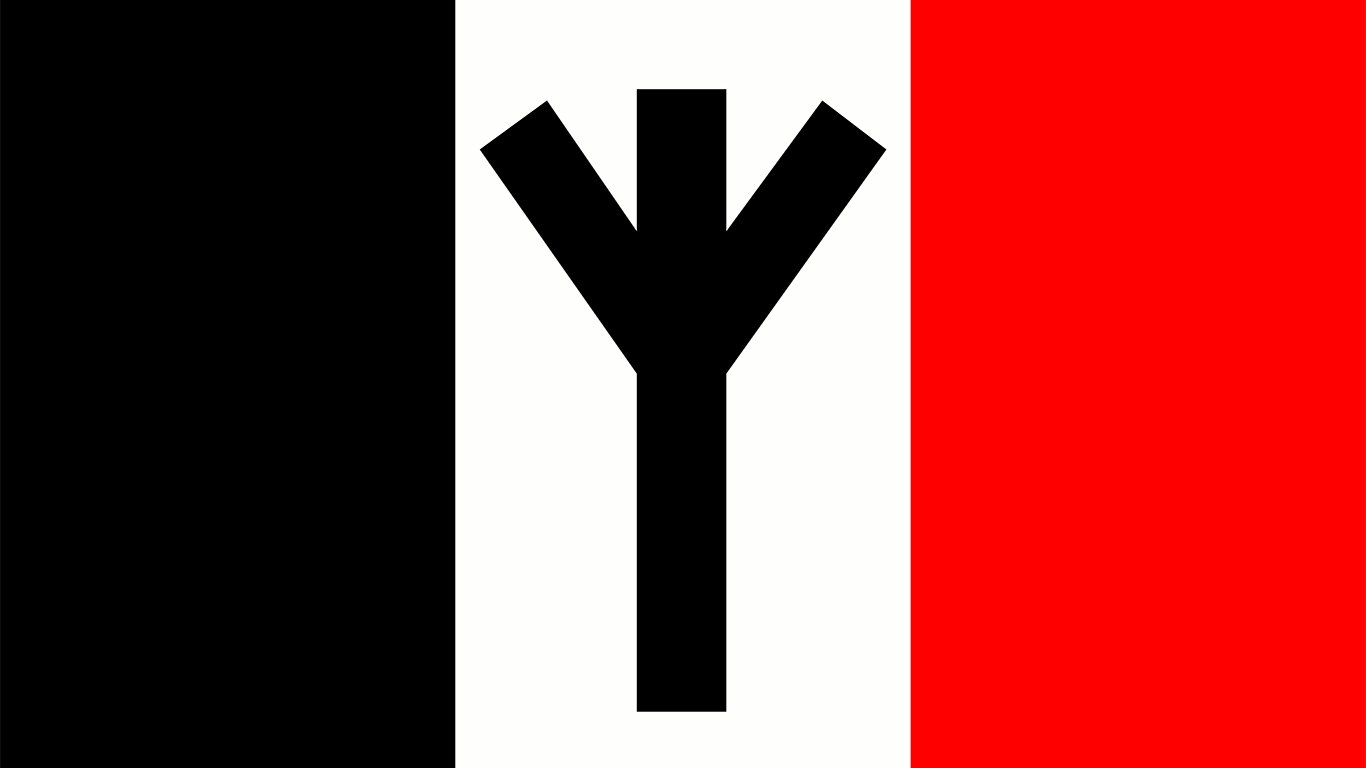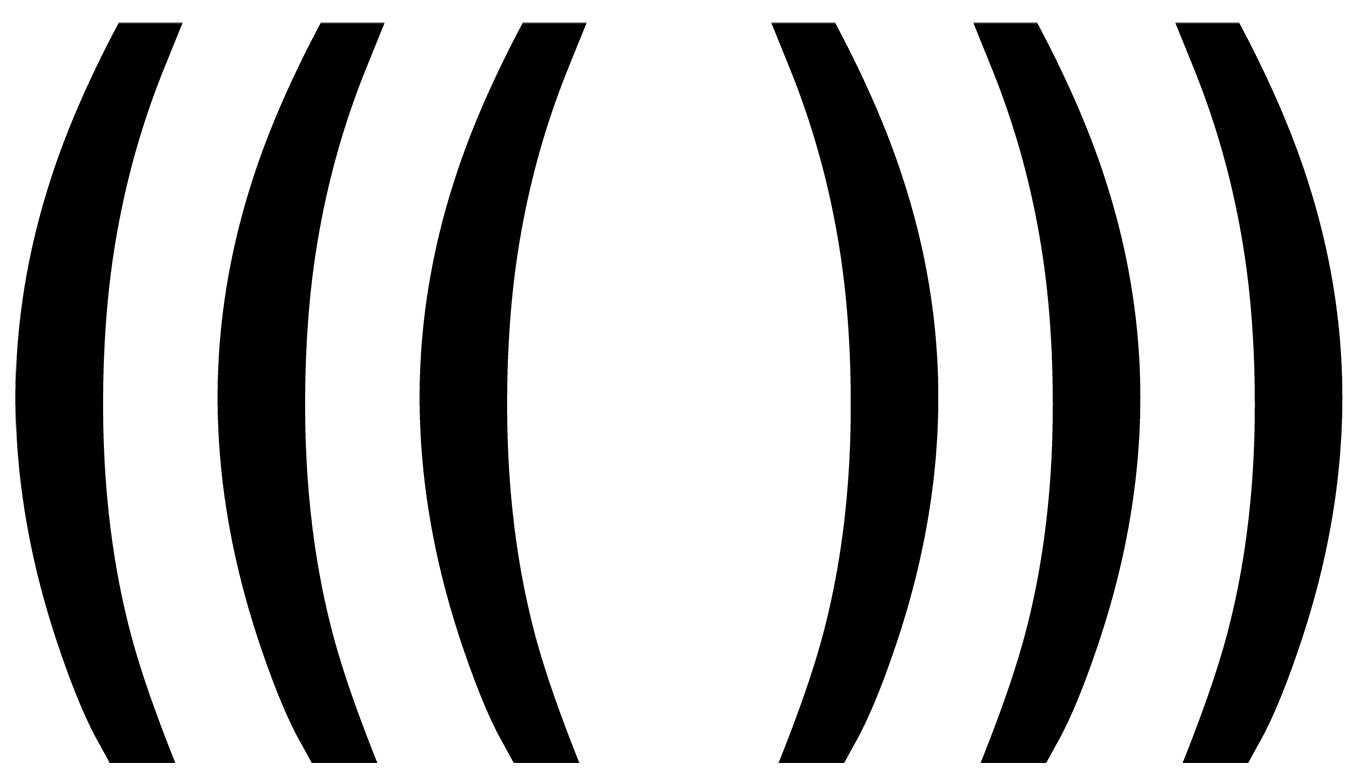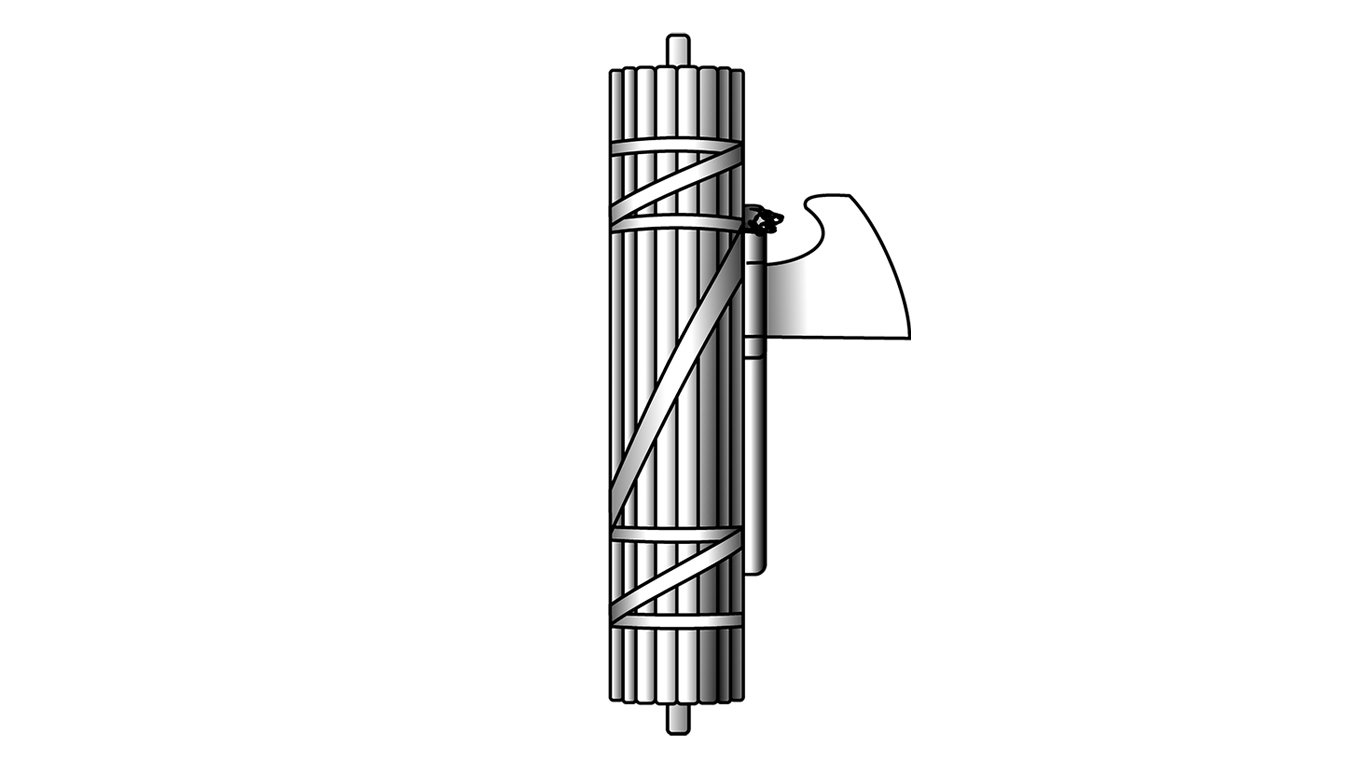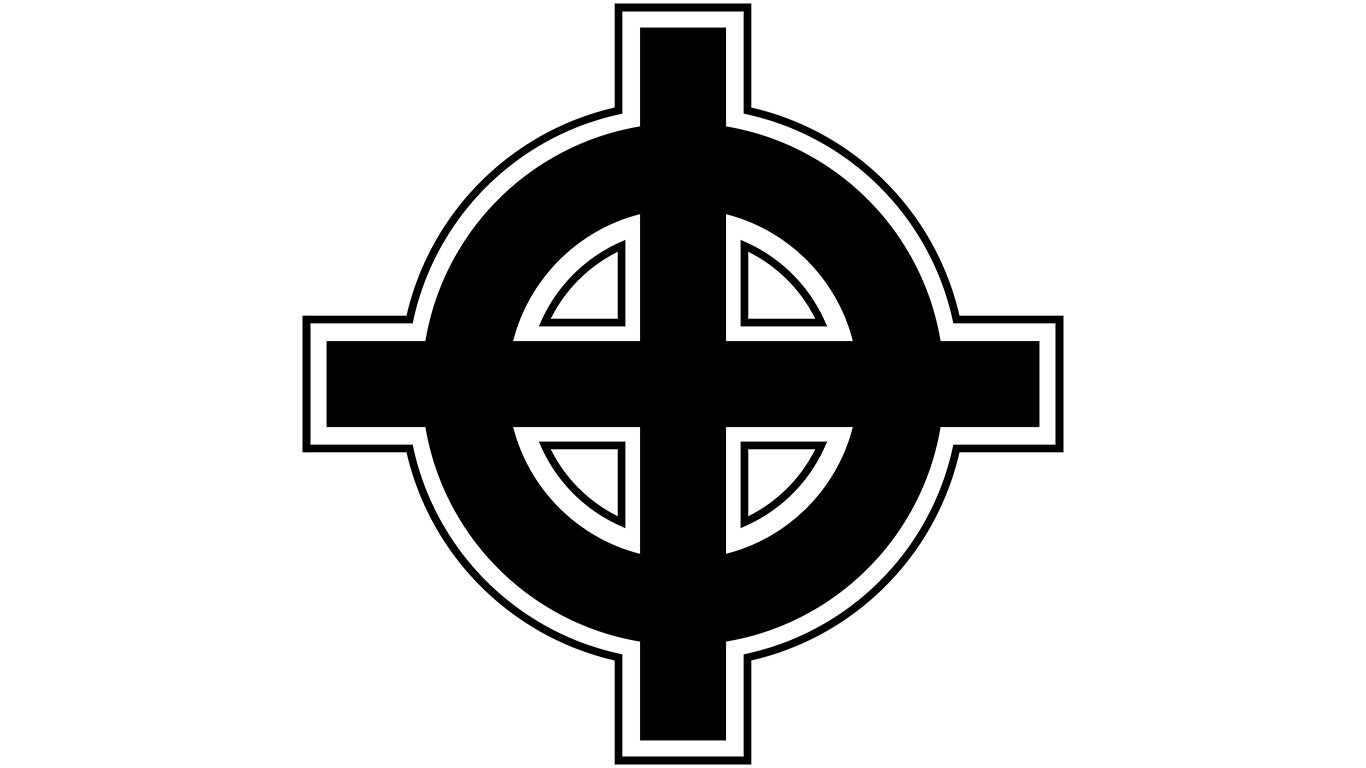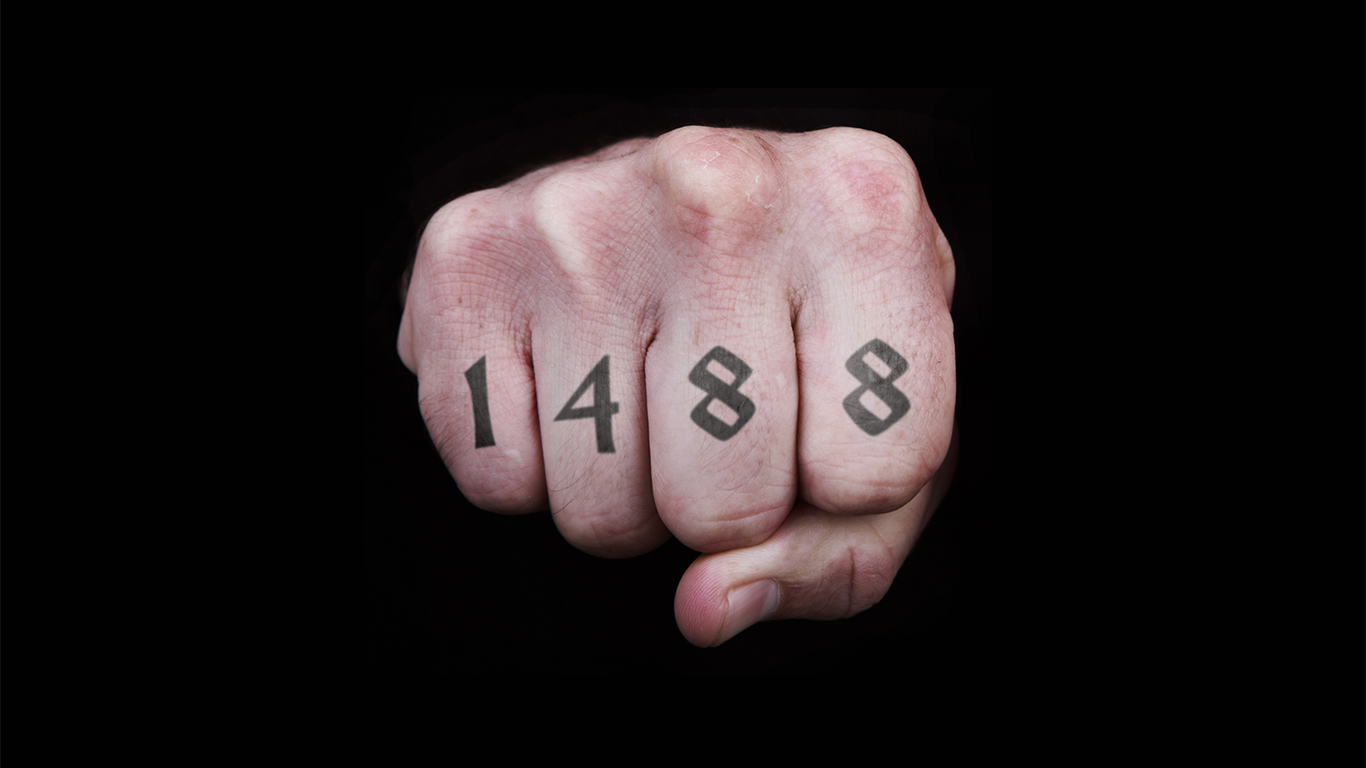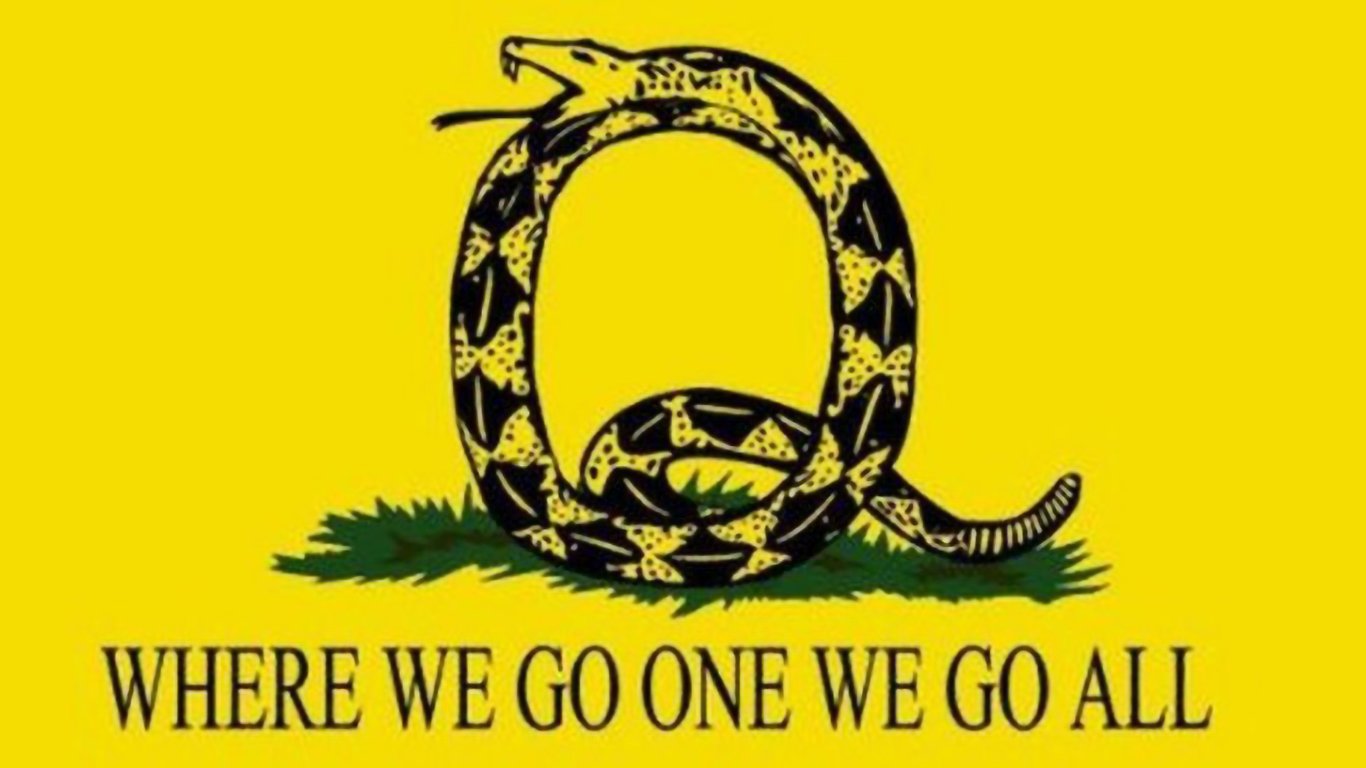In 2020, a photograph surfaced of one-time presidential advisor and pardoned felon Roger Stone and some Proud Boy friends flashing an OK sign in a bar. This year, Oregon Democrats called out gubernatorial candidate Betsy Johnson for flying a Confederate flag at her campaign rallies (she was unrepentant). In mid-August, rainbow crosswalks in downtown Atlanta were defaced with swastikas – twice in two days.
Some have argued that there has been a rise in extremism and hate — including racist, antisemitic, xenophobic, homophobic, mysoginistic and other hate speech and violence — and that the increase has been energized by the words and actions of certain public figures. Whether this is true or not, one thing is sure: Visual manifestations of those beliefs are now commonplace. (These are the largest hate groups in America.)
Symbols are shorthand – memorable graphic evocations of a movement, a philosophy, a feeling, an organization, a religion. A heart says “love;” a cross says “Christianity;” a skull and crossbones says “poison” or “danger” or “death.” Codes are a secret language understood only by those who have the key – the initiated, as it were. Symbols are another means of expression.
Both symbols and codes can be powerful tools for communicating ideas or signaling solidarity with others — and they are popular today with hate groups. The Confederate flag, the swastika, the not-equal sign, numerical codes like 88, acronyms like ROA or WWGOWGA appear all too often in the news, on social media, and sometimes in the streets. It is important to know what they stand for.
To assemble a list of some of the most common hate symbols and codes – as well as acronyms, which are a kind of code – 24/7 Wall St. reviewed the Anti-Defamation League’s Hate on Display Hate Symbols Database and “Signs of hate: Parental guide to far-right codes, symbols and acronyms” in The Guardian, which in turn drew information from Hope Not Hate’s publication “Signs of Hate: A Safeguarding Guide to Online Hate.”
Sometimes there seems to be no logic to the symbols. Pepe the Frog, for example, made his debut as a socially inappropriate, but hardly racist, amphibian in 2005 in artist Matt Furie’s stoner comic “Boy’s Club #1.” Pepe quickly achieved relatively innocuous meme status. By 2008, though, the alt-right had seized on the image, often manipulating it to express angry moods and messages of hate.
A more extreme example of a symbol acquiring a meaning far from its original one is the cross with bent arms – the swastika. Dating back about 12,000 years, the symbol was associated with prosperity and good fortune in many Asian countries and other places worldwide.
The Nazi swastika version – black, rotated 45 degrees, and surrounded by a field of red – was apparently designed by Hitler himself. It became the most instantly recognizable and reviled symbol of Nazi Germany, and later of white supremacy and antisemitism. (The swastika was hardly the only emblem employed by the Nazis. Here are 30 symbols used by the Nazis to mark their victims.)
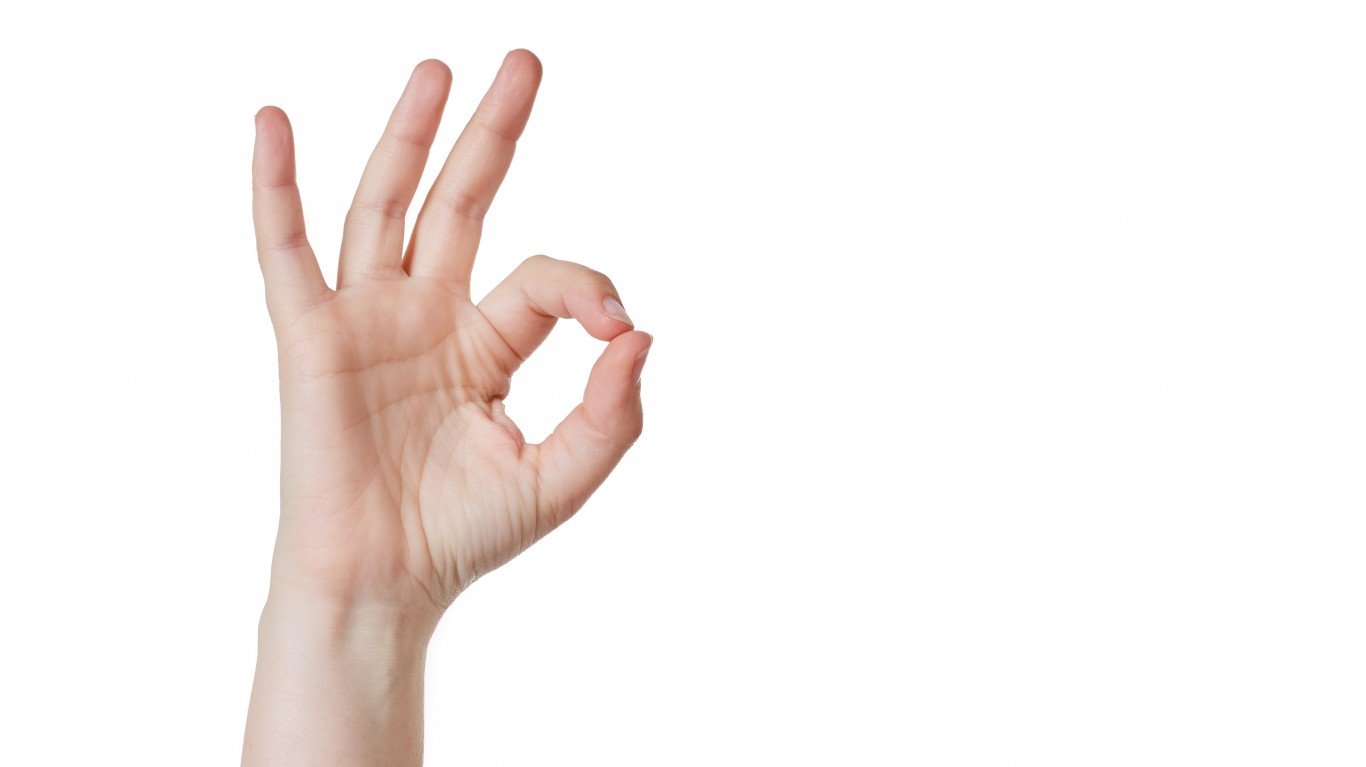
OK hand gesture
> Meaning: Since the 4chan website said the common hand gesture stands for “white power” in 2017, it has become widely used by QAnon adherents and others, including the gunman of the Christchurch massacre in New Zealand.
SS Runes
> Meaning: Used by Schutzstaffel (the SS) in Nazi Germany, the symbol was subsequently adopted by neo-Nazis worldwide. The ADL calls the runes “one of the most powerful hate symbols in history.”
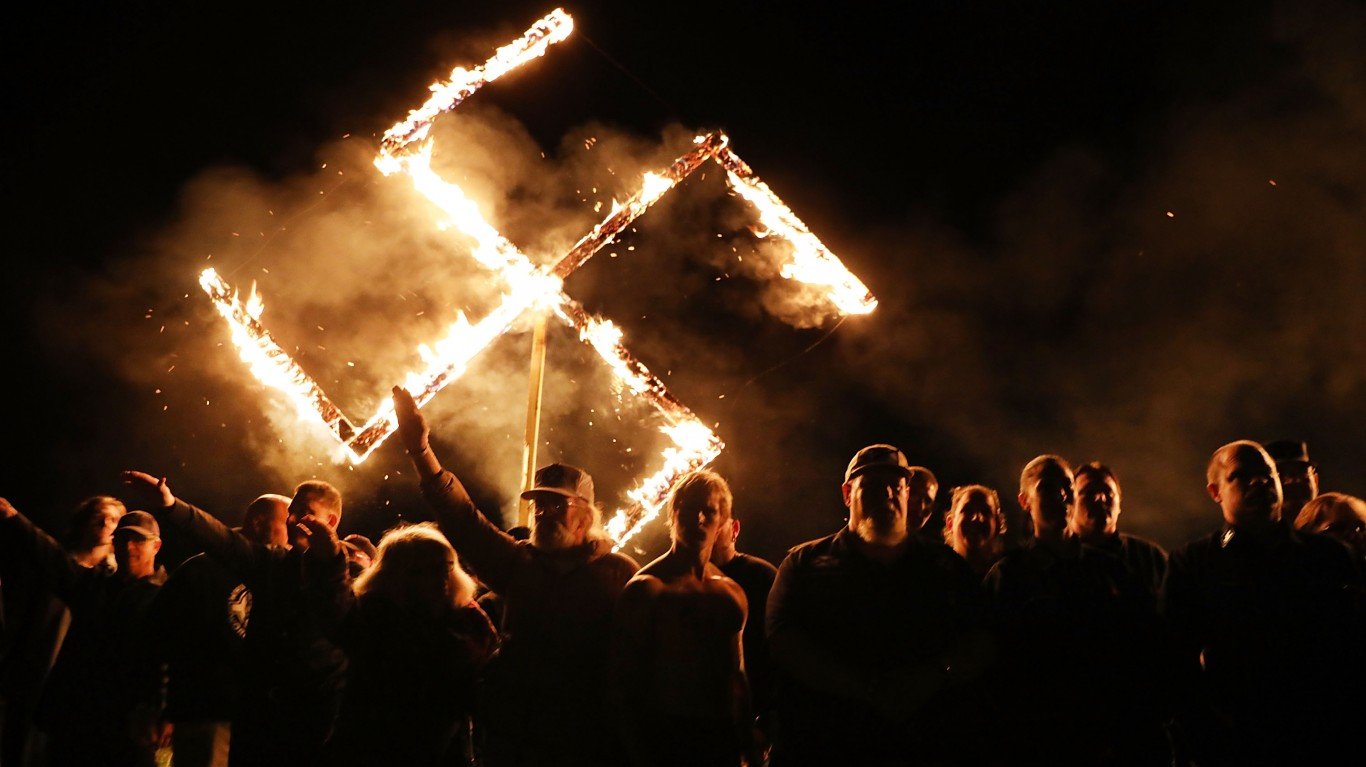
Swastika
> Meaning: Most common symbol of the Nazi party, then widely adopted by neo-Nazis and white supremacists. Today it is frequently used in antisemitic desecrations.
Sonnenrad
Blood and Honor
> Meaning: Translation of the German phrase “Blut und Ehre,” used by the Hitler Youth. Today used by white supremacists, and is the name of an international skinhead group.
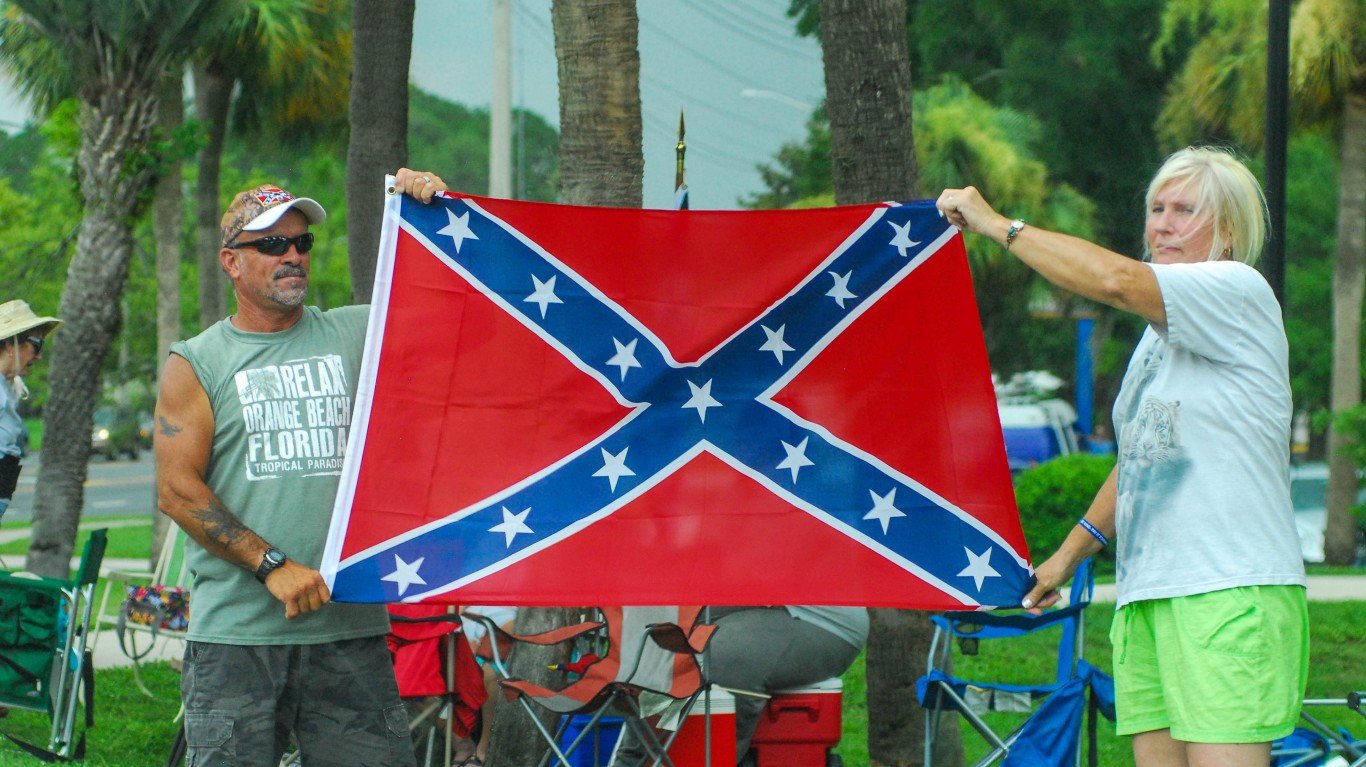
Confederate battle flag
> Meaning: Not the official flag of the Confederacy but the battle flag used by the 13 states that seceded from the U.S. in the 1860s to maintain slavery is now a common white supremacist symbol.
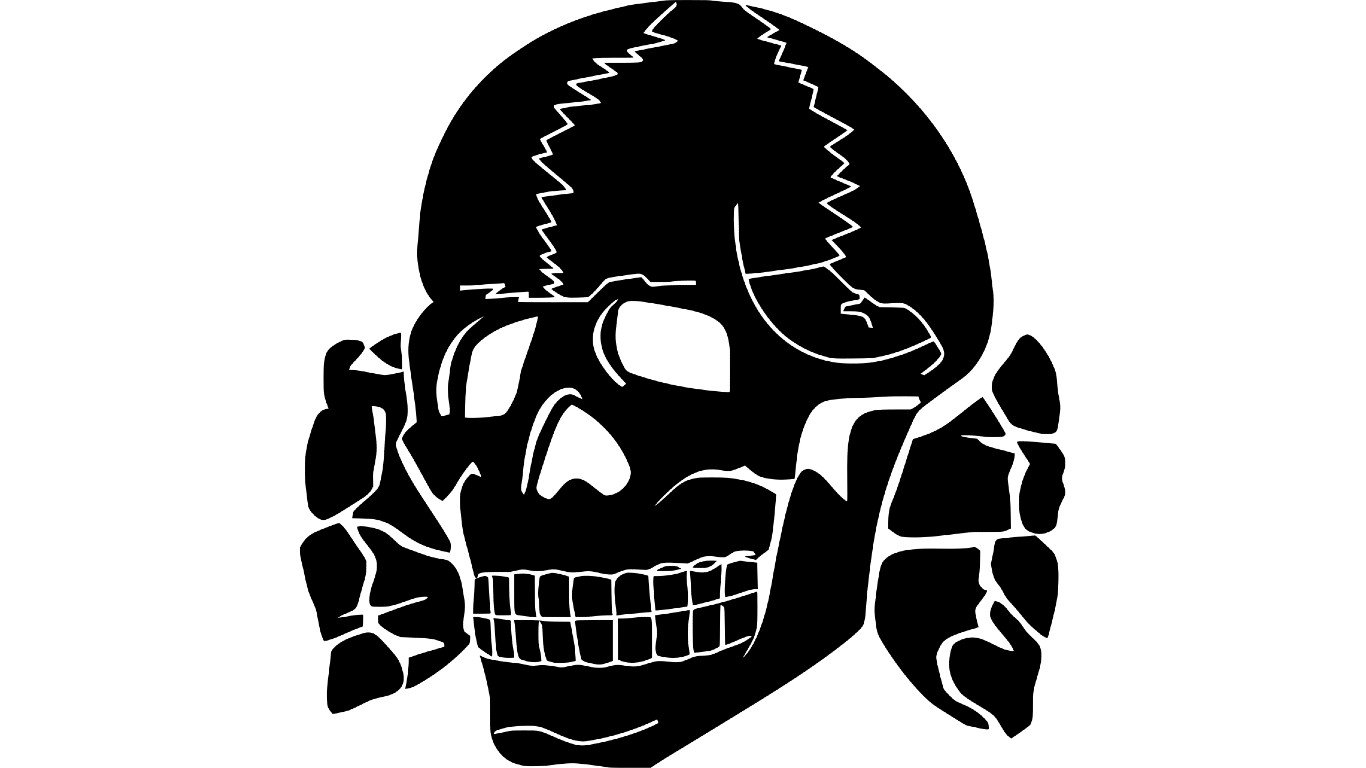
Totenkopf
> Meaning: Literally “death’s head” – i.e., a skull (sometimes also denotes skull and crossbones), a symbol of the SS, appropriated by neo-Nazi groups.
88
> Meaning: Numerical code for “Heil Hitler” (“h” being the eighth letter of the alphabet).
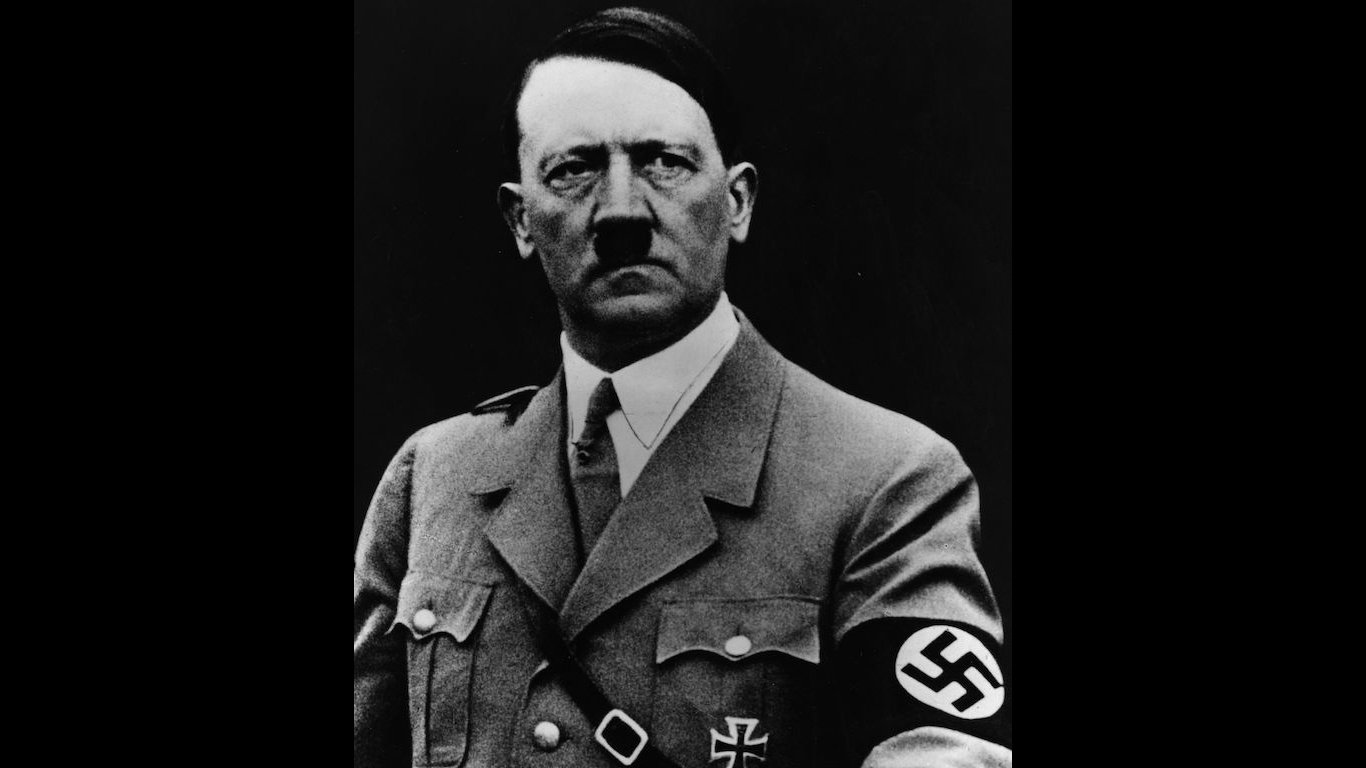
18
> Meaning: Numerical code for “Adolf Hitler” (corresponding to the first and eighth letters of the alphabet – Hitler’s initials).

14 Words
> Meaning: Also sometimes just “14,” refers to the 14 words in the U.S. white supremacists slogan originating in the 1980s: “We must secure the existence of our people and a future for white children.”
Pepe the Frog
> Meaning: The generally innocuous comic book character turned internet meme is sometimes appropriated by the alt-right.
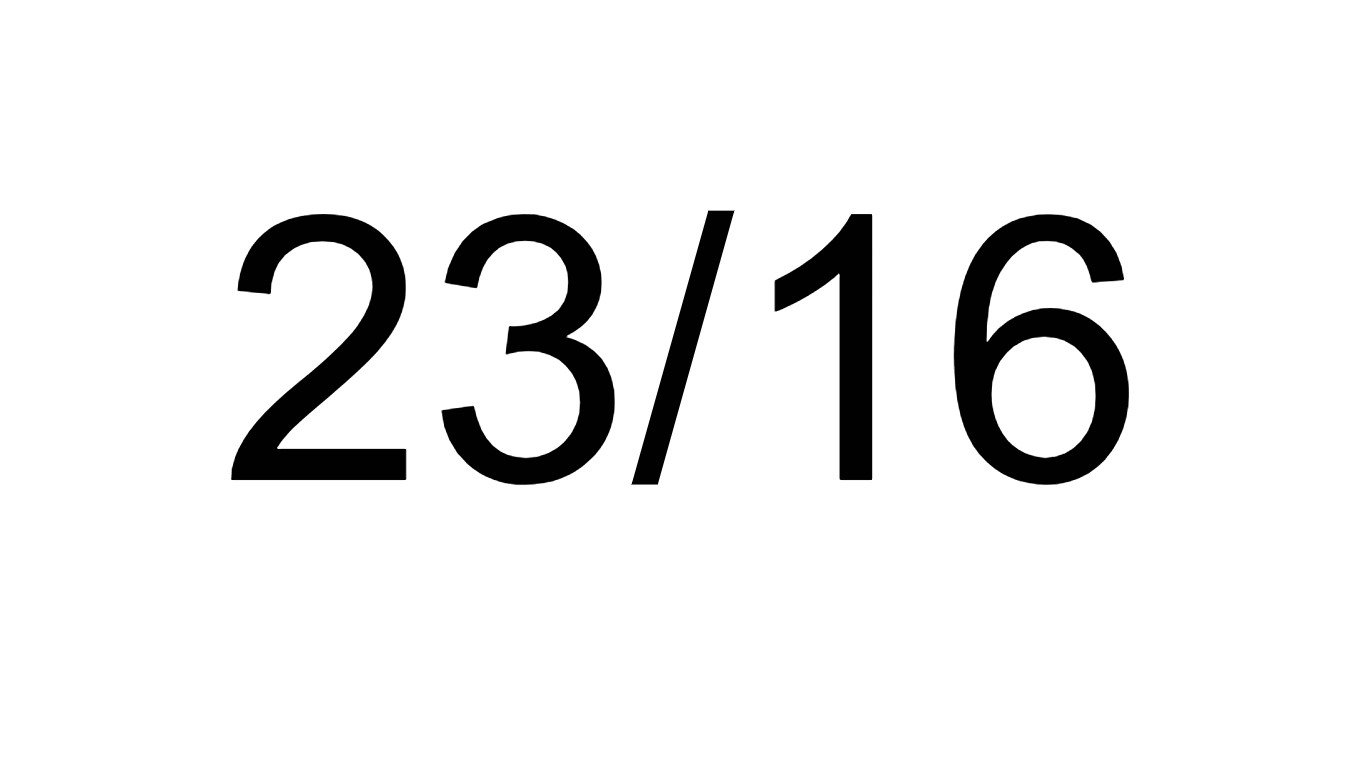
23/16
> Meaning: Numerical code for W/P (the 23rd and 16th letters of the alphabet), standing for White Power.
311
> Meaning: Numerical code for the Ku Klux Klan (“k” is the 11th letter of the alphabet and 3 x 11 = KKK).
RAHOWA
> Meaning: Acronym for “Racial Holy War”
ROA
> Meaning: Acronym for “Race Over All”

Not-equal sign
> Meaning: Mathematical symbol co-opted by white supremacists to mean the races aren’t equal to each other.
Triple parentheses
> Meaning: Also called an “echo,” three open-parenthesis and three close-parenthesis symbols around a person’s name are used to indicate that that person is Jewish.
Fasces
> Meaning: Ancient Roman symbol of authority, adopted by Mussolini and more recently by some white supremacists in the U.S.
Celtic cross
> Meaning: A stylized version of this traditional Irish symbol is now used by neo-Nazis and skinheads and is part of the logo of Stormfront, the main white supremacist website.
1488
> Meaning: Numerical code combining 14 (for “14 words;” see above) and 88 (for “Heil Hitler;” see above)
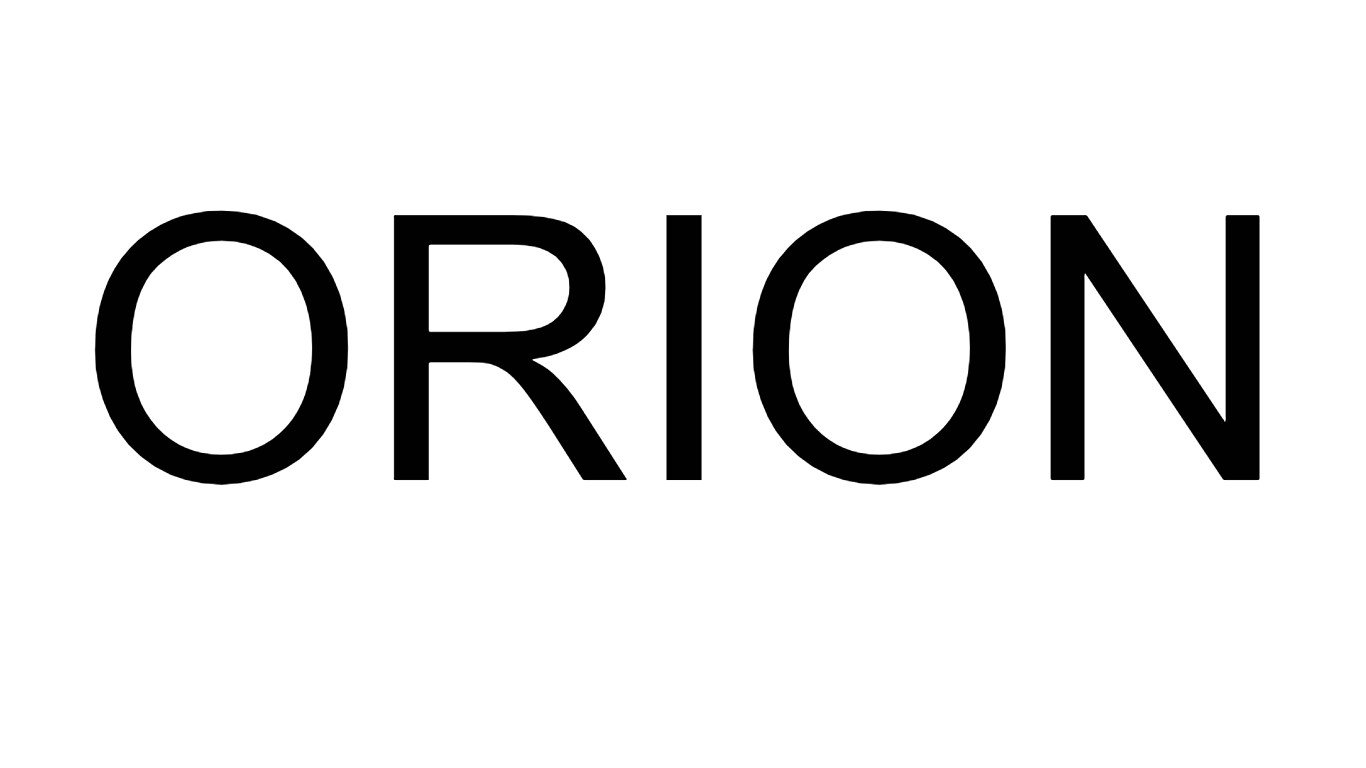
ORION
> Meaning: Acronym for “Our race is our nation”
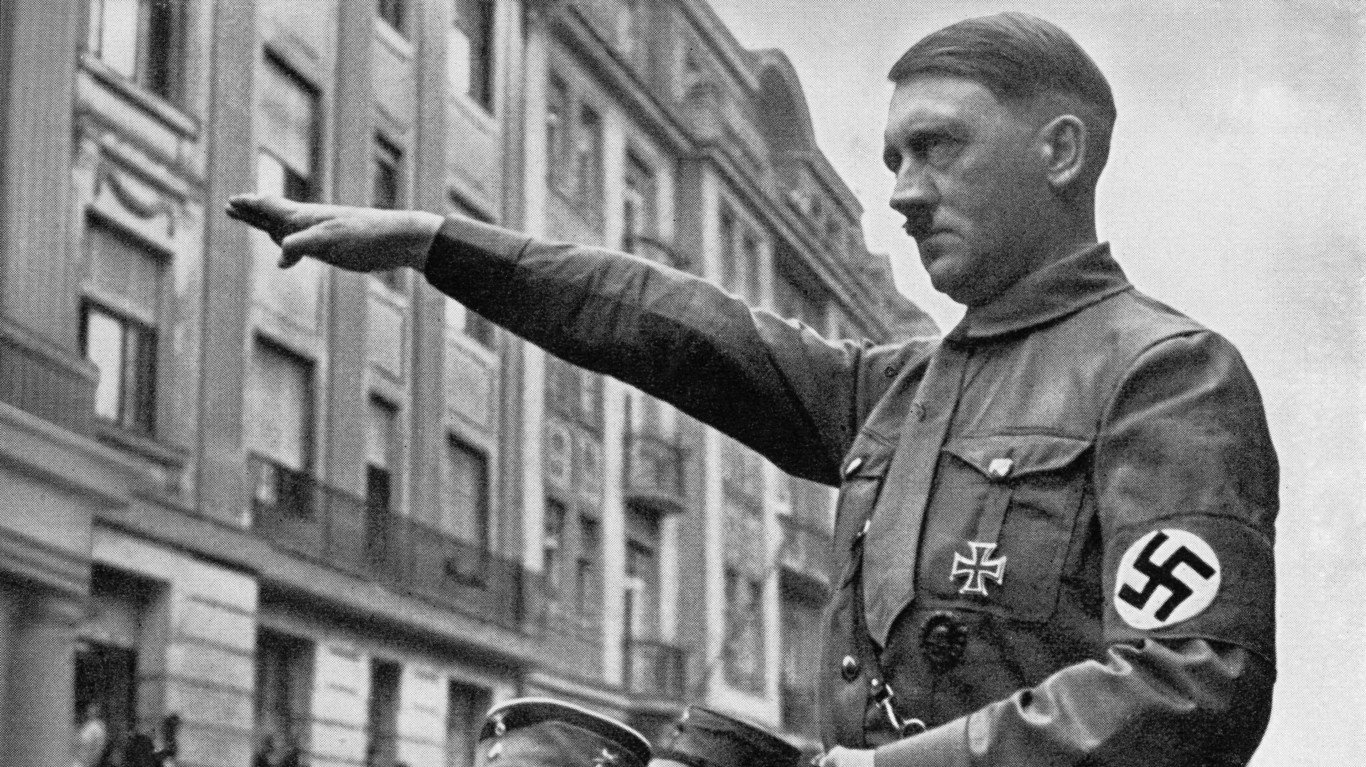
Hitler salute
> Meaning: Originated by the Nazis in the 1930s, usually accompanied by the slogan “Heil Hitler” or “Sieg Heil.” Now considered the world’s most common white supremacist hand sign.
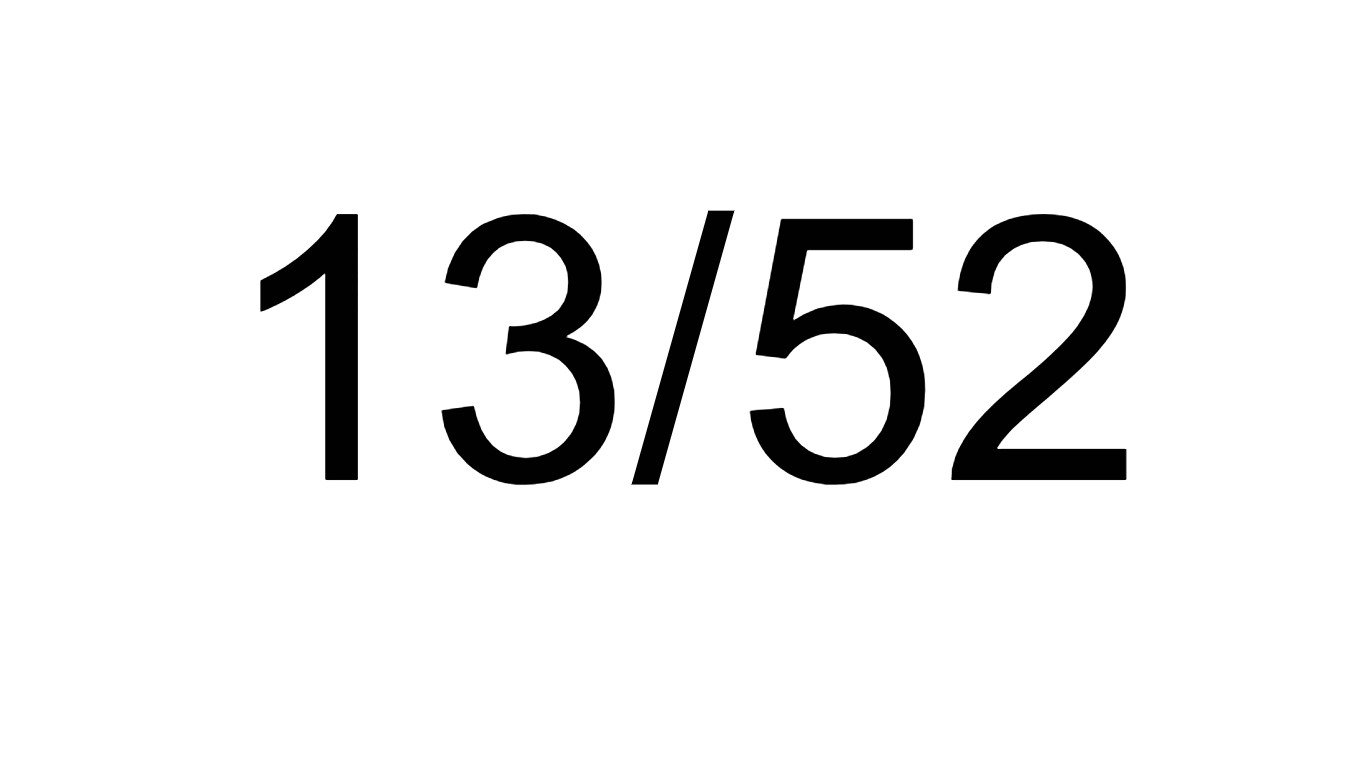
13/52
> Meaning: Numerical reference to the racist claim that Blacks represent only 13% of the U.S. population but commit 52% of the murders.

Noose
> Meaning: Implied threat of lynching, mostly aimed at Blacks.
WWGOWGA
> Meaning: An acronym for “Where we go one, we go all,” a statement of solidarity adopted as a motto by QAnon conspiracy theorists.
